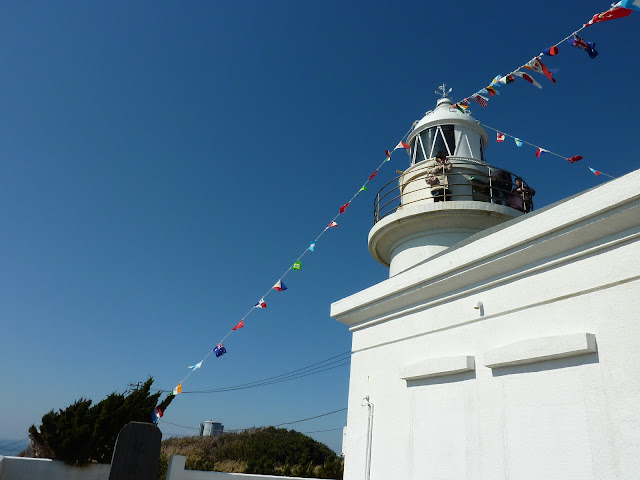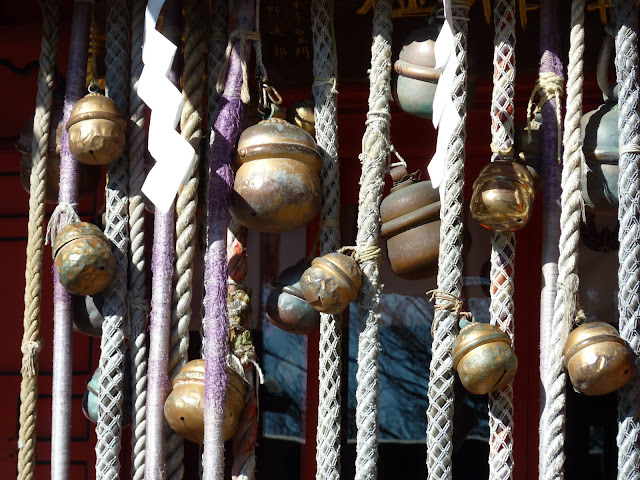We went to the port town of
Misaki (which is famous for tuna) and
Jogashima island to view the daffodils that are blooming in abundance at this time of year on the
Miura peninsula. This area is only about 30 minutes from our house so we'll definitely be back!
 |
| Narcissus tanzetta "Double Roman" |
Walking amongst the daffodils was lovely since the smell was absolutely heavenly (daffodils smell??) and the daffodils are small and ruffly, unlike any I have seen before. Most of the ones I remember from the PNW are the
large yellow variety that grew on the hillsides all over Tacoma.
I discovered that these particular daffodils are not native to Japan; they are called Narcissus tanzetta "Double Roman." The reference to Rome comes from the fact that the varieties are believed to be native to the Mediterranean area and were actually spread by Roman soldiers, hence the name "
Double Roman". Apparently, the bulbs help relieve muscle pain and are so poisonous they were used to end the life of suffering soldiers who were wounded badly and going to die.
So how did did several hundred thousand of them wind up growing in coastal Japan? They were brought from the Mediterranean through China via the
Silk Road and carefully propagated by the local women. Who knew?
 |
| Fishing boats |
 |
| First lighthouse...kind of looks like a moonscape! |
 |
| Lots and lots of tiny shells on the beach |
 |
| Cormorants come here to overwinter |
 |
The second lighthouse
|
 |
| Misaki port |
 |
| Note the large temple on the top of the hill |
 |
| One of the many tuna restaurants in Misaki |
 |
| Drying fish for sale |
 |
| Big catch! ;) | | | | | | | | | | | | |
|
 |
| Kainan Jinja, the shrine of the Miura Clan |

 |
| 800 year old tree at the shrine, which I'm sure looks a little bit better with a few leaves |
|
|
|
|
 |
| Street in Misaki |
 |
| Bridge that leads from the mainland to the island |